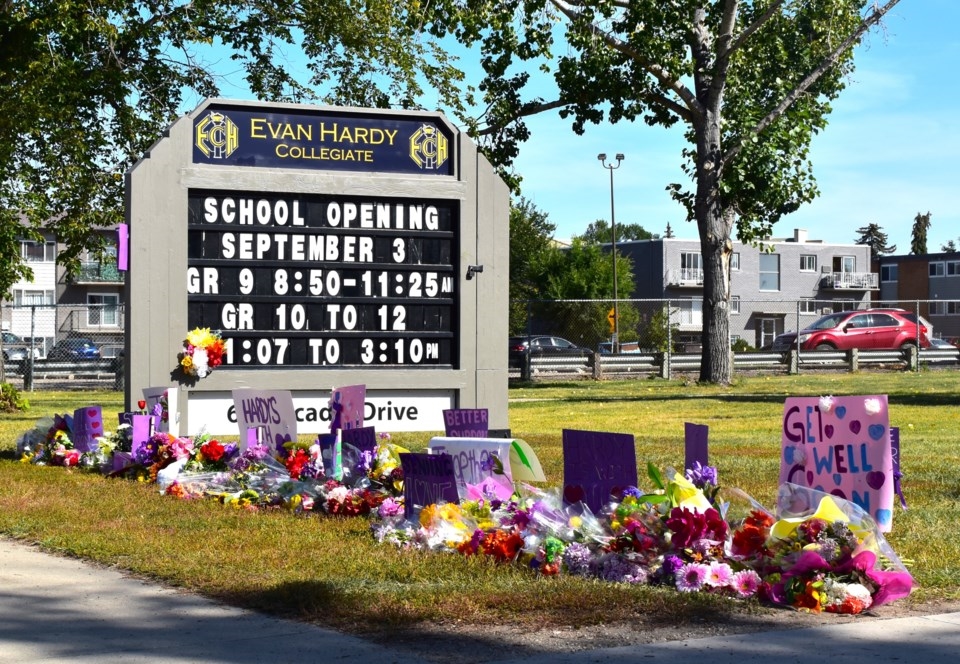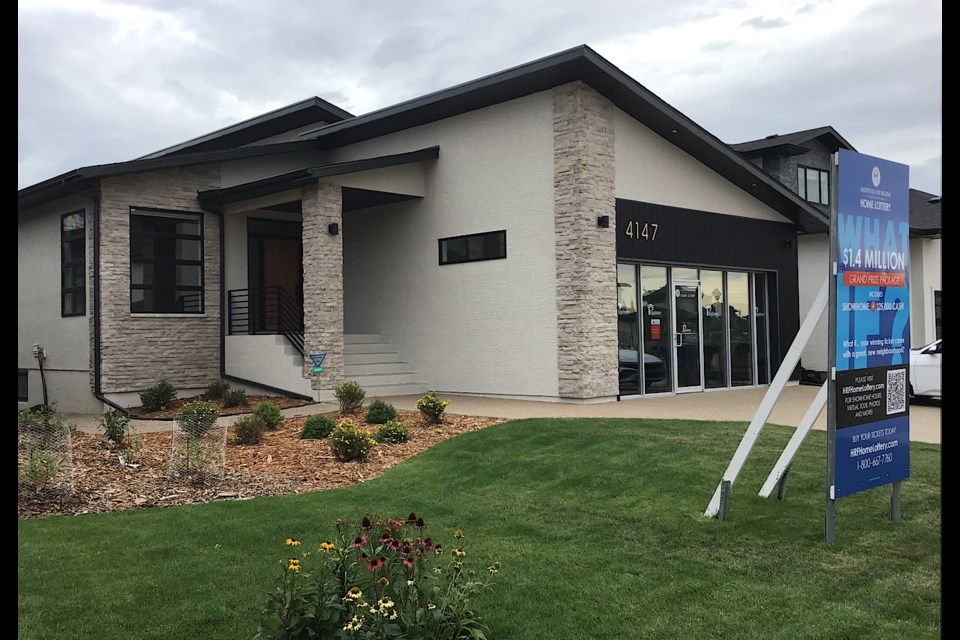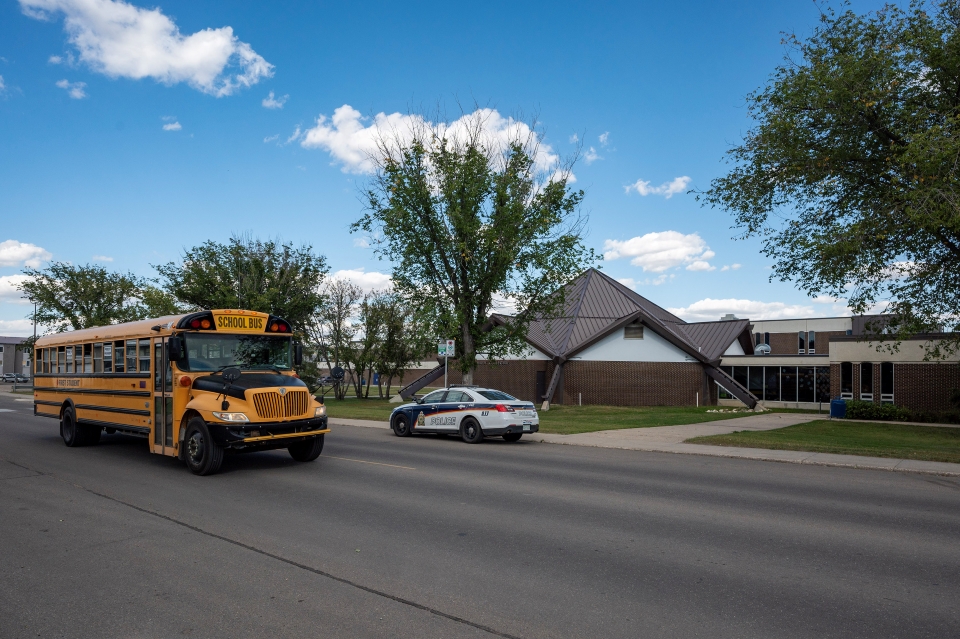The Regina Airport Authority (RAA) has teamed up with SaskEnergy to pilot new technology in the province that could reduce greenhouse gas emissions for the airport by 20 per cent.
The organizations partnered to install a CarbinX small-scale carbon-capture device manufactured by Calgary-based CleanO2 in the mechanical room of YQR’s Air Terminal Building.
The device will capture a portion of the carbon dioxide emissions from the Air Terminal Building’s boiler heating system, converting it into non-toxic pearl ash (potassium carbonate). The pearl ash will be used to make carbon-capture soap and other cleaning products, which will be permanently sequestered.
SaskEnergy will receive annual deliveries of the carbon soap, which will be given out at tradeshows and donated to community organizations across the province.
The carbon-capture reaction also releases heat which will be used to preheat the water in the airport’s heating equipment—further reducing emissions through reduced natural gas usage and saving the airport money on its monthly heating bill.
President and CEO of the Regina Airport Authority, James Bogusz, said he is excited to have the new technology.
“We’re proud that our airport terminal building is the first building in the province to have this cutting-edge technology,” he said. “We’re committed to minimizing the environmental footprint of our airport operations, and we commend SaskEnergy for helping us to make this exciting project a reality.”
SaskEnergy’s Acting President and CEO Mark Guillet said this is a big step for SaskEnergy.
“This project demonstrates SaskEnergy’s commitment to supporting our customers to achieve their environmental goals and reduce emissions,” Guillet said. “Moving forward, we will continue to look for innovative, effective ways to help our customers reduce their environmental footprint.”
About $40,000 in SaskEnergy funding will cover the unit’s cost and delivery and will also pay for independent measurement and verification to validate the equipment’s operation. The RAA contributed about $11,000 to have the unit installed.







